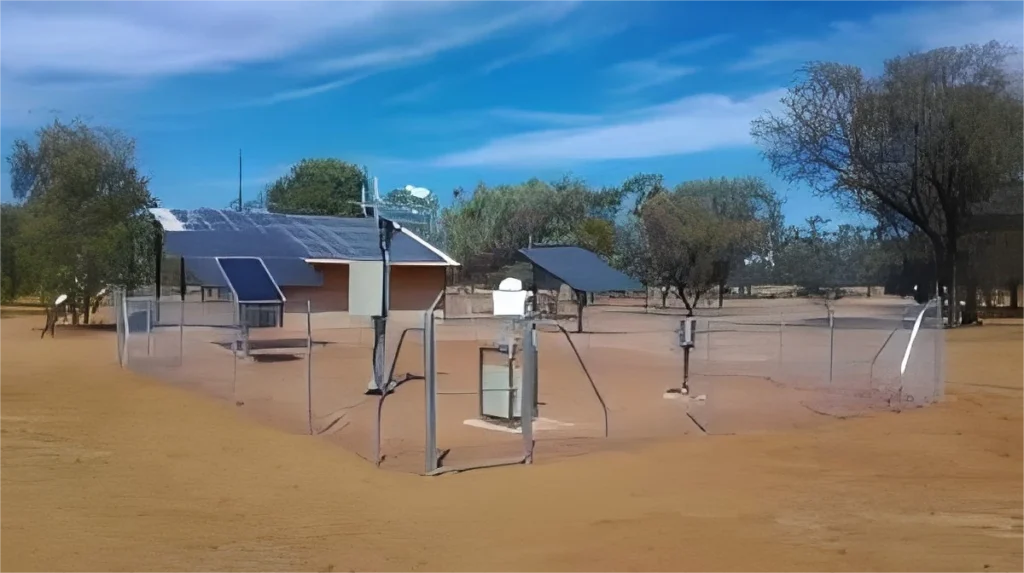
# Disadvantages of Automatic Weather Stations
Automatic Weather Stations (AWS) have revolutionized meteorological data collection by providing continuous, real-time weather information. However, despite their numerous advantages, AWS also come with several disadvantages that can impact their effectiveness and reliability. This article explores some of the key drawbacks associated with automatic weather stations.
## High Initial and Maintenance Costs
One of the primary disadvantages of automatic weather stations is the significant financial investment required for their installation and upkeep. AWS units are often expensive to purchase, and the costs can escalate when considering the need for additional sensors, communication modules, and installation infrastructure. Moreover, regular maintenance is essential to ensure accurate data collection, which can further strain budgets, especially in resource-limited regions.
## Dependency on Power Supply
Automatic weather stations rely heavily on a consistent power supply to function correctly. While some AWS units are equipped with solar panels or batteries, these solutions may not always be sufficient, particularly in areas with prolonged periods of low sunlight or extreme weather conditions. Power failures can lead to data gaps, reducing the reliability of the weather information collected.
## Limited Sensor Durability in Harsh Conditions
Weather stations are often exposed to extreme environmental conditions, such as heavy rain, strong winds, or extreme temperatures. Over time, these conditions can degrade the sensors and other components of the AWS, leading to inaccurate readings or complete sensor failure. Frequent replacements or repairs may be necessary, adding to the operational costs.
## Data Accuracy and Calibration Issues
While AWS are designed to provide precise measurements, they are not immune to errors. Sensor drift, improper calibration, or interference from external factors can compromise data accuracy. Regular calibration is required to maintain reliability, but this process can be time-consuming and may require specialized expertise, which is not always readily available.
## Limited Spatial Coverage
Automatic weather stations provide point-specific data, meaning they only capture weather conditions at their exact location. This limitation can be problematic when trying to understand weather patterns over larger areas. To compensate, multiple AWS units must be installed, which can be impractical due to cost and logistical constraints.
## Vulnerability to Theft and Vandalism
AWS units, especially those installed in remote or unmonitored locations, are susceptible to theft and vandalism. The high cost of the equipment makes them attractive targets for thieves, and damage caused by vandalism can result in significant downtime and repair expenses.
## Conclusion
While automatic weather stations offer numerous benefits, their disadvantages cannot be overlooked. High costs, power dependency, sensor durability issues, data accuracy concerns, limited spatial coverage, and vulnerability to theft are all significant challenges that need to be addressed. Understanding these drawbacks is essential for making informed decisions about the deployment and maintenance of AWS, ensuring they remain a reliable tool for weather monitoring.